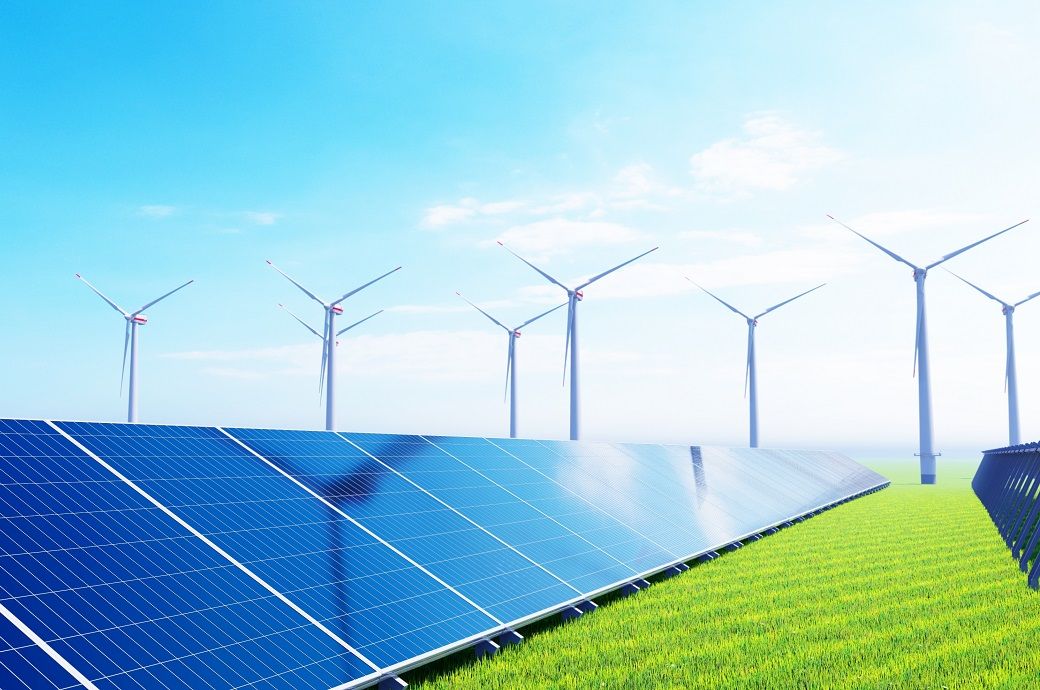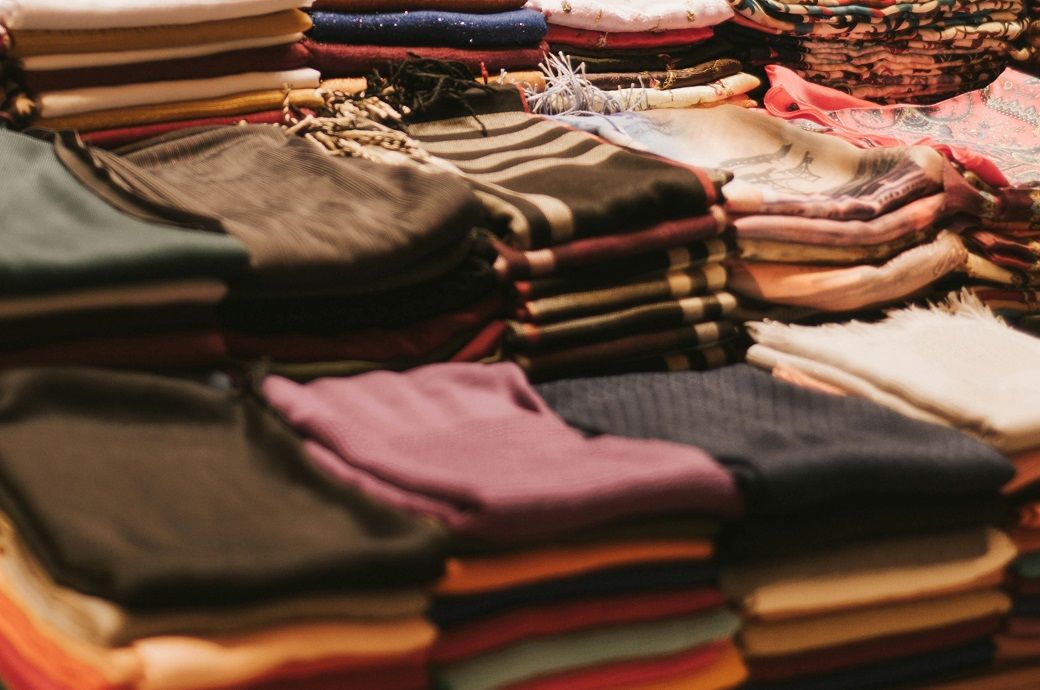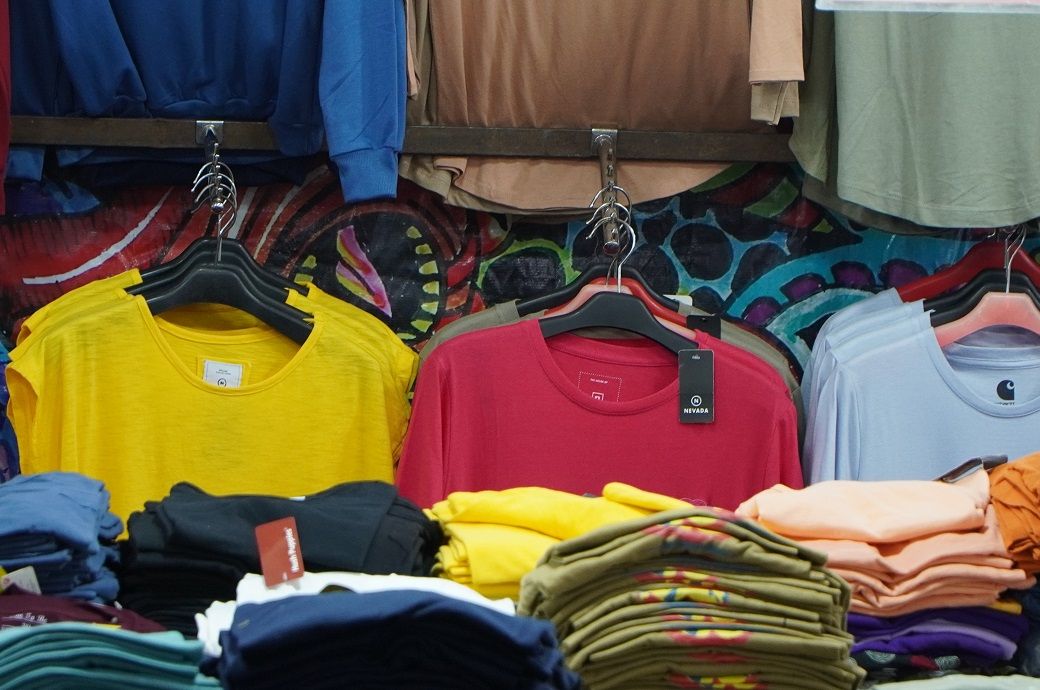
The fashion sector, valued at $1.7 trillion and employing more than 300 million people globally, is responsible for an estimated 2-8 per cent of global carbon emissions and nearly 20 per cent of wastewater worldwide, the report noted.
These figures stem largely from the fast fashion model, which depends on rapid production cycles, high water consumption for raw materials such as cotton and a growing reliance on fossil fuel-based synthetic fabrics, projected to account for 73 per cent of textiles by 2030.
Most major fashion brands lack transparent renewable energy targets, limiting progress toward a cleaner, more sustainable energy supply across global supply chains, a SEforALL report said.
It cautions that if current trends continue, GHG emissions from fashion are expected to rise by more than 60 per cent by 2030.
The report also called for the urgent need to align the industry with the UN SDG 7 and 5.
The report cautions that if current trends continue, greenhouse gas emissions from fashion are expected to rise by more than 60 per cent by 2030, while the sector annually generates approximately 92 million tonnes of waste and withdraws 4 per cent of global freshwater.
Such environmental pressures are particularly acute in water-scarce regions, underscoring the need for more sustainable production and resource stewardship, the report, titled ‘Threads of Transformation’, said.
The report also called for the urgent need to align the industry with the UN’s Sustainable Development Goals 7 (affordable and clean energy) and 5 (gender equality).
The report said the fashion industry consumes around one trillion kilowatt hours of electricity per year, equivalent to a quarter of the US electricity consumption in 2023.
Energy costs account for 15 per cent to 30 per cent of production expenses in fast fashion, with most operations relying on inefficient, fossil fuel-based sources.
Transitioning to renewable energy is framed as both an environmental and economic imperative, it observed.
In Africa, women dominate apparel production in countries like Ethiopia and Lesotho, where they make up 80 per cent of the workforce. Yet these women face limited pay, poor working conditions and few opportunities for career advancement. Climate-related shocks and energy access challenges further impede their productivity and economic participation, the report noted.
SEforALL also highlights the role of women-led small and medium enterprises (SMEs) in accelerating the adoption of renewable energy within the sector.
Empowering these businesses, which account for a substantial portion of the African fashion industry, can improve productivity, reduce operational costs, and foster wider societal gains, said the report.
Fibre2Fashion News Desk (DS)






